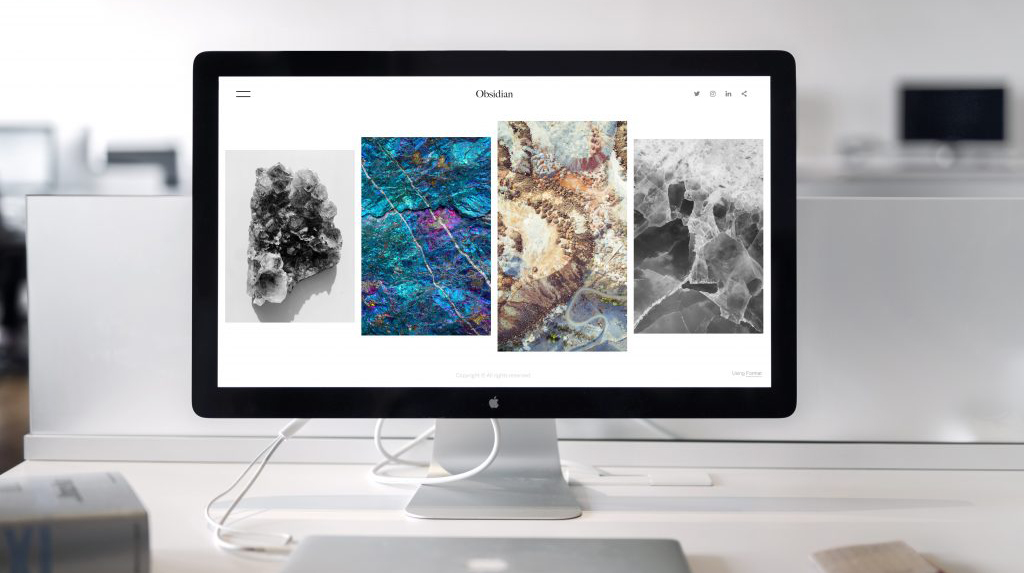When we think of great website design, we tend to think of the websites that have done something a little (or a lot) different. We tend to think of websites that incorporate a background video, sliding graphics, animations, big and bold images or designs or websites that integrate interactive content like VR or AR. And while making a beautiful and exciting website can work wonders for the brands that do it successfully, it is important to remember that at their foundation, these websites are successful because they follow a few simple rules. So what makes for a great site? Here’s our run-down of the key elements you’ll need to consider to create a great website;
▪️ Always put your customers first
▪️ Don’t put design before functionality
▪️ Reduce clicks
▪️ Do your research
▪️ Plan ahead
▪️ Investigate every single avenue
Always put your customers first
At every step of your website design, you should ask yourself the question. What would our customers want? Whether it’s the navigation in the header of your website, the content of the pages, the tone of voice of the content, or the choice of images, whatever it is, every single decision should be guided by the end-user.
Don’t put website design before functionality
While there are some great websites out there that can do all kinds of weird and wonderful things, taking advantage of some of the most exciting technology out there, ultimately the good ones remain exceptionally easy to use. Don’t get sucked into trying to out-do your competitors with the latest technology, instead work from the premise of giving the very best user experience possible, and on selling in exactly how your product or service provides value to your customers.
Reduce clicks on your website
The best possible user experience is one where you can reduce the number of clicks as much as possible for your users to get to the answers that they want. Now, of course, this doesn’t mean just putting all your content on one page in an endless scroll, but what it does mean is reducing the amount of time it takes to fulfil the needs of your customers. Make your content easy to navigate, and intuitive to use, and you’ll be winning in the eyes of your customers.
Do your research
Putting your customers first doesn’t mean doing what you think they want. Putting your customers first takes in-depth analysis into user behaviour. If you have a website already this means looking at user behaviour on your website in relation to which pages they spend the most time viewing, or which pages they can’t get enough of. If you don’t have a website, this means researching what other successful websites are doing and understanding the key components of web design that help to improve user satisfaction.
Plan ahead
Once you have done your research, it’s time to start putting the building blocks together in the construction of your website. Any great website starts with great planning. Understanding precisely what you want to achieve from your website, and drawing out an exact framework of how you want your website to work, will save you a great deal of time, money and frustration in the long run.
Investigate every single avenue
Once you think you’ve got your website all sorted. Go over it again. Get friends, co-workers, focus groups to look over your website plan. Don’t let any stone go unturned. Depending on what it is that you sell, or the service you provide, a website can be an extremely complex beast, so make sure you give it the respect that it deserves.
If you follow these fundamental rules, then you are halfway there to creating an outstanding website. At Kaizen Brand Evolution, we have a wealth of experience of working with brands to improve their websites. To find out how we can help you, visit our website design page or get in touch via our contact form, or by calling 028 9507 2007.




